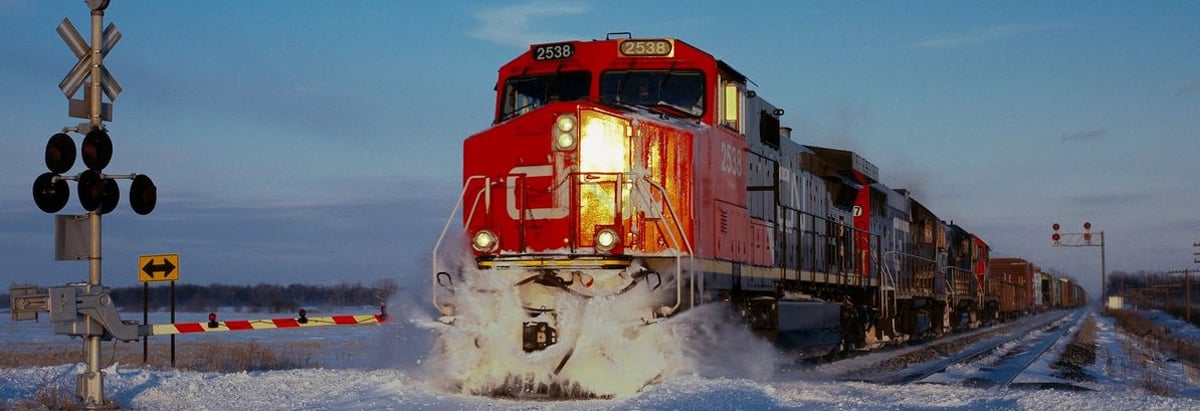- Canada
- /
- Transportation
- /
- TSX:CNR
Why Investors Shouldn't Be Surprised By Canadian National Railway Company's (TSE:CNR) P/E

When close to half the companies in Canada have price-to-earnings ratios (or "P/E's") below 12x, you may consider Canadian National Railway Company (TSE:CNR) as a stock to avoid entirely with its 22.2x P/E ratio. However, the P/E might be quite high for a reason and it requires further investigation to determine if it's justified.
Canadian National Railway certainly has been doing a good job lately as its earnings growth has been positive while most other companies have been seeing their earnings go backwards. The P/E is probably high because investors think the company will continue to navigate the broader market headwinds better than most. If not, then existing shareholders might be a little nervous about the viability of the share price.
Check out our latest analysis for Canadian National Railway

Is There Enough Growth For Canadian National Railway?
Canadian National Railway's P/E ratio would be typical for a company that's expected to deliver very strong growth, and importantly, perform much better than the market.
Retrospectively, the last year delivered a decent 4.7% gain to the company's bottom line. This was backed up an excellent period prior to see EPS up by 59% in total over the last three years. Accordingly, shareholders would have probably welcomed those medium-term rates of earnings growth.
Turning to the outlook, the next three years should generate growth of 8.9% per annum as estimated by the analysts watching the company. That's shaping up to be materially higher than the 6.2% per year growth forecast for the broader market.
In light of this, it's understandable that Canadian National Railway's P/E sits above the majority of other companies. It seems most investors are expecting this strong future growth and are willing to pay more for the stock.
What We Can Learn From Canadian National Railway's P/E?
It's argued the price-to-earnings ratio is an inferior measure of value within certain industries, but it can be a powerful business sentiment indicator.
We've established that Canadian National Railway maintains its high P/E on the strength of its forecast growth being higher than the wider market, as expected. Right now shareholders are comfortable with the P/E as they are quite confident future earnings aren't under threat. Unless these conditions change, they will continue to provide strong support to the share price.
It's always necessary to consider the ever-present spectre of investment risk. We've identified 1 warning sign with Canadian National Railway, and understanding should be part of your investment process.
You might be able to find a better investment than Canadian National Railway. If you want a selection of possible candidates, check out this free list of interesting companies that trade on a low P/E (but have proven they can grow earnings).
New: AI Stock Screener & Alerts
Our new AI Stock Screener scans the market every day to uncover opportunities.
• Dividend Powerhouses (3%+ Yield)
• Undervalued Small Caps with Insider Buying
• High growth Tech and AI Companies
Or build your own from over 50 metrics.
Have feedback on this article? Concerned about the content? Get in touch with us directly. Alternatively, email editorial-team (at) simplywallst.com.
This article by Simply Wall St is general in nature. We provide commentary based on historical data and analyst forecasts only using an unbiased methodology and our articles are not intended to be financial advice. It does not constitute a recommendation to buy or sell any stock, and does not take account of your objectives, or your financial situation. We aim to bring you long-term focused analysis driven by fundamental data. Note that our analysis may not factor in the latest price-sensitive company announcements or qualitative material. Simply Wall St has no position in any stocks mentioned.
About TSX:CNR
Canadian National Railway
Engages in the rail, intermodal, trucking, and related transportation businesses in Canada and the United States.
Established dividend payer and good value.
Similar Companies
Market Insights
Community Narratives



